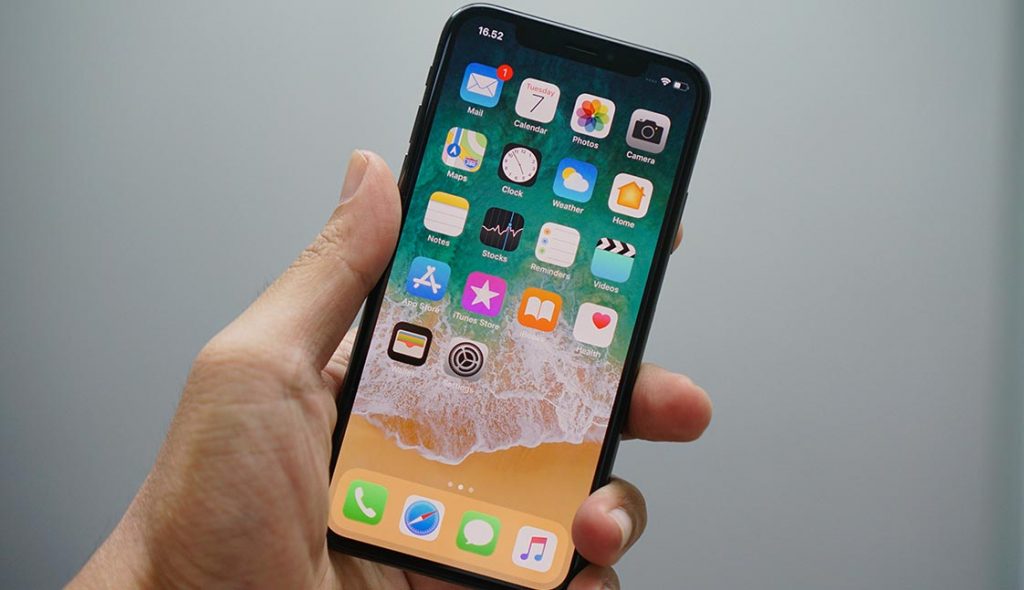When it comes to protecting the intellectual property behind your new mobile application, you may have to consider your options carefully to determine what course of legal protection is best for your particular situation. While some mobile apps are incredibly unique (e.g., the first in their field), other mobile apps are copycat apps derived from some other very successful mobile application or platform.
There are several types of intellectual property protections that are relevant to mobile app development: patents, copyright and trade secrets. Which type of IP protection makes the most sense for your particular mobile app will depend on your particular circumstances. Some forms of IP are mutually exclusive (for example, patents and trade secret protection are largely mutually exclusive). You should speak to an IP attorney at The Rapacke Law Group to discuss what kinds of legal protections are available to you for the IP associated with your mobile application.
Patenting Mobile App Technology
In certain situations, a mobile application can be protected by a patent. The patent is not sought for the underlying computer code behind the software of your mobile app, but rather a method patent can be sought on how the software runs on a mobile platform and for what the mobile app does. Design patents can also be sought for the unique layout of a mobile application, for the graphical user interface and its animation sequence, or mobile application icons.
If you want to act quickly to establish protection as soon as possible, you can file a provisional patent application for your mobile app technology. Your provisional application will need to be converted into a non-provisional application within 12 months. For design protection, you will only have to file one design application for each design or design aspect you want to protect, e.g., one design patent application for the GUI animation, and one design patent application for your mobile app launch icon.
Copyright Protection For Mobile Applications
Copyright can be used to protect the actual code underlying your mobile application. Copyright protection can be sought for the source code, as well as the object code, associated with your mobile app. Screen layouts, graphical user interfaces, and display and icon designs can all be protected under copyright as well.
Protecting Aspects of A Mobile Application As A Trade Secret
In some situations, the best approach to protecting the intellectual property behind your mobile application might be the path of trade secret protection. You might feel like your software is valuable, but not so valuable that it warrants the expense of seeking patent protection, or you may not have actually invented something while developing your mobile application that is patentable. In such a case, trade secret protection would still allow you to extract value from your mobile app so long as the intellectual property behind your mobile app stays a secret.
The Rapacke Law Group understands the value that obtaining software and mobile application intellectual property rights can have for your business.
Contact us today for a free initial consultation to discuss what IP protection options are available to you and how we can help you apply for the legal protections you need.




